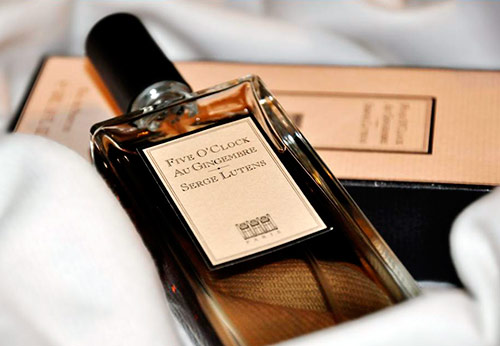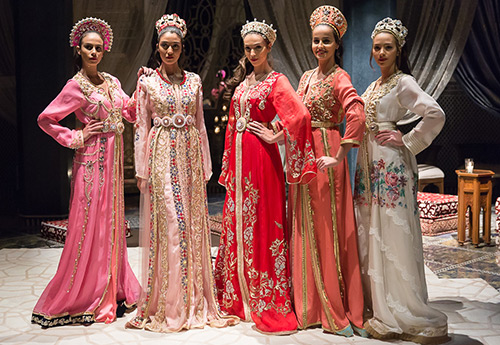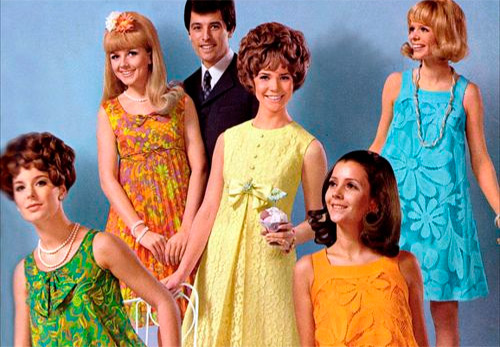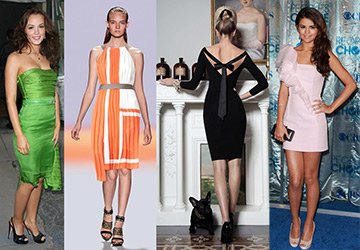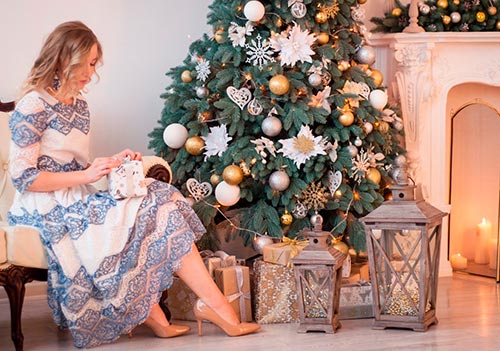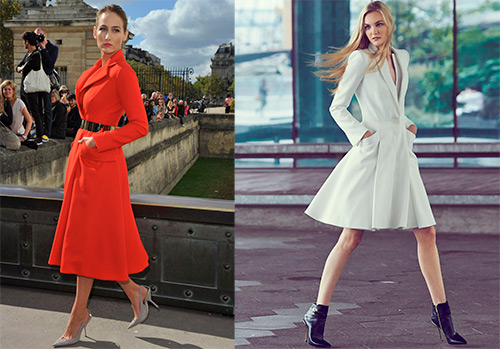Beautiful dresses
Tea dress - tea dress: history and modern fashion
The history of this dress began in the 1870s, when the tradition of afternoon tea, the so-called five-o'clocktea, appeared. This was the time spent at home, more often in the family circle, or in the presence of only the closest girlfriends and friends. Only then could the dress remain free and, as it was believed at that time, homemade, without corsets and other very uncomfortable elements of clothing.
The tea dress was made of light materials and looked feminine and romantic. In the 70s of the XIX century, it was customary to arrange tea ceremonies from 4 to 5 in the evening, in the summer such pleasant moments were held on an open veranda or in a garden. This tradition began in England. All the British elite and the royal court at this time left the fuss and worries, gathered at the table to easily and naturally sit with a cup of fragrant tea.
By the way, the fragrance is dedicated to these old traditions. Serge lutens five o'clock Au Gingembre, established in 2008. The scent of the perfume successfully conveys the atmosphere of the tea ceremony. The perfume composition is based on components (tea, bergamot, ginger, cinnamon, honey, pepper, amber, patchouli, cocoa), surrounded by which you will feel like a beautiful lady.
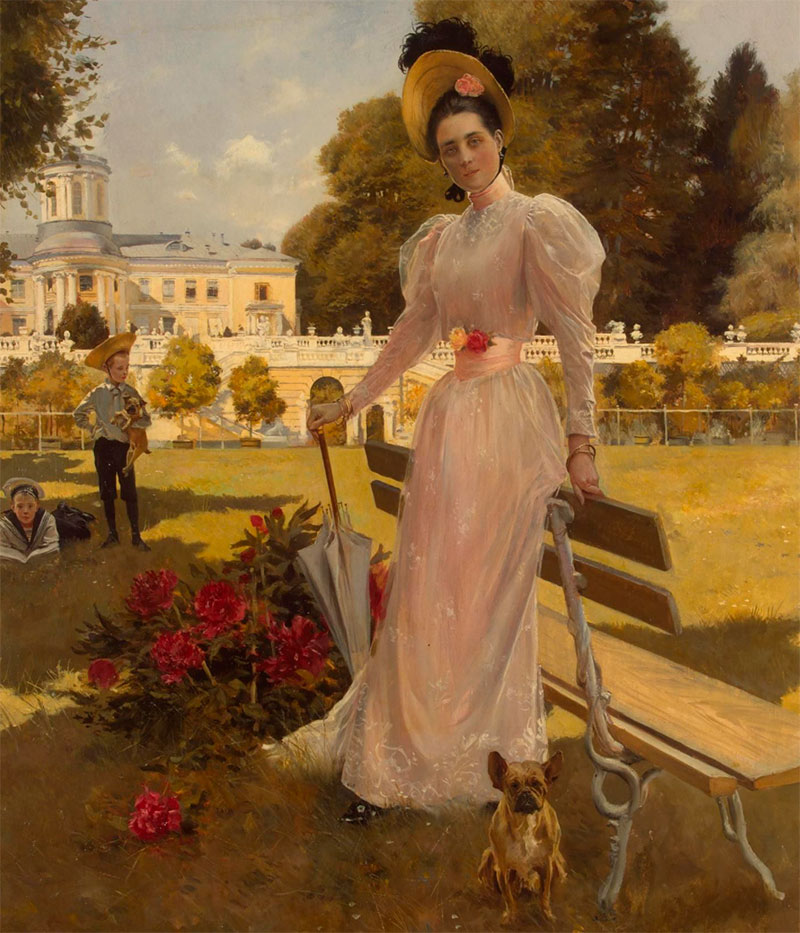
Tea ceremonies were not obliged to wear the best outfits. But looking at the museum exhibits that we have inherited from those times, one can be surprised a lot - many of us would think that such dresses today would be suitable for some special celebration, for example, for a wedding.
At the end of the 19th - beginning of the 20th century, it became fashionable to spend time in the summer outdoors, so these dresses were called lawn dresses, they were sewn from cambric and cotton, and light fabrics were chosen. The Victorian era dictated high stand-up collars, long sleeves, an abundance of frills, flounces and, of course, lace.
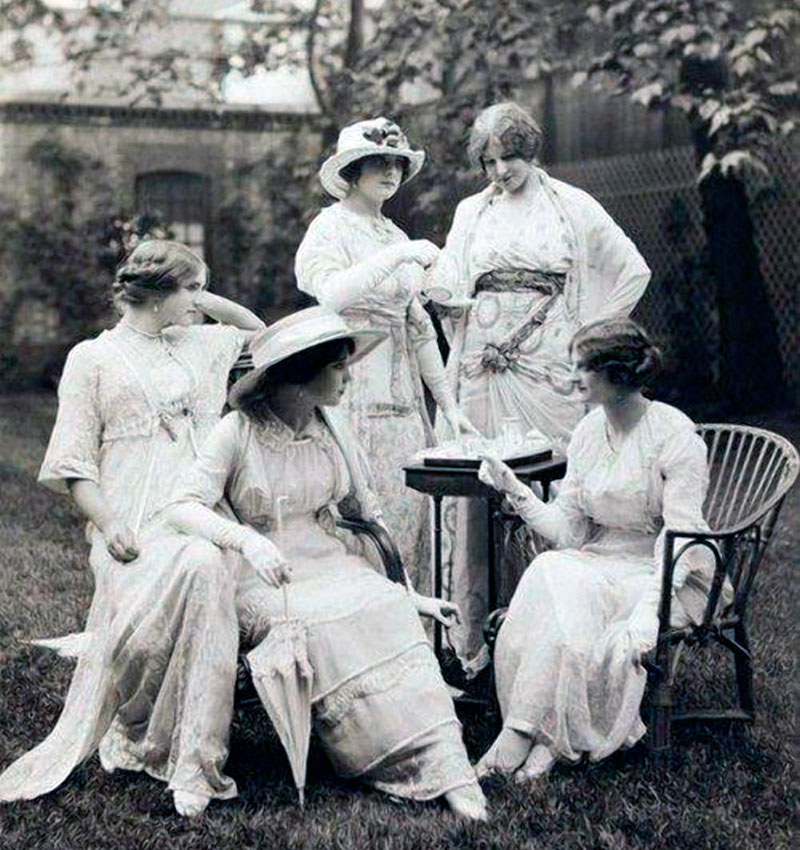
However, over time, the tea dress changed. Elements similar to the Japanese kimono appeared in it, especially at a time when fashion was inspired by oriental traditions at the beginning of the 20th century. Not only the dress changed, but also its role. Since there was no longer a corset and a bustle in a woman's wardrobe, a tea dress with such a luxurious decor was no longer homely, it could already be worn not only for receiving guests, but also for a ball.
Ended 20s, the tea dress has long since passed into the category of daytime dress and has lost its original role.
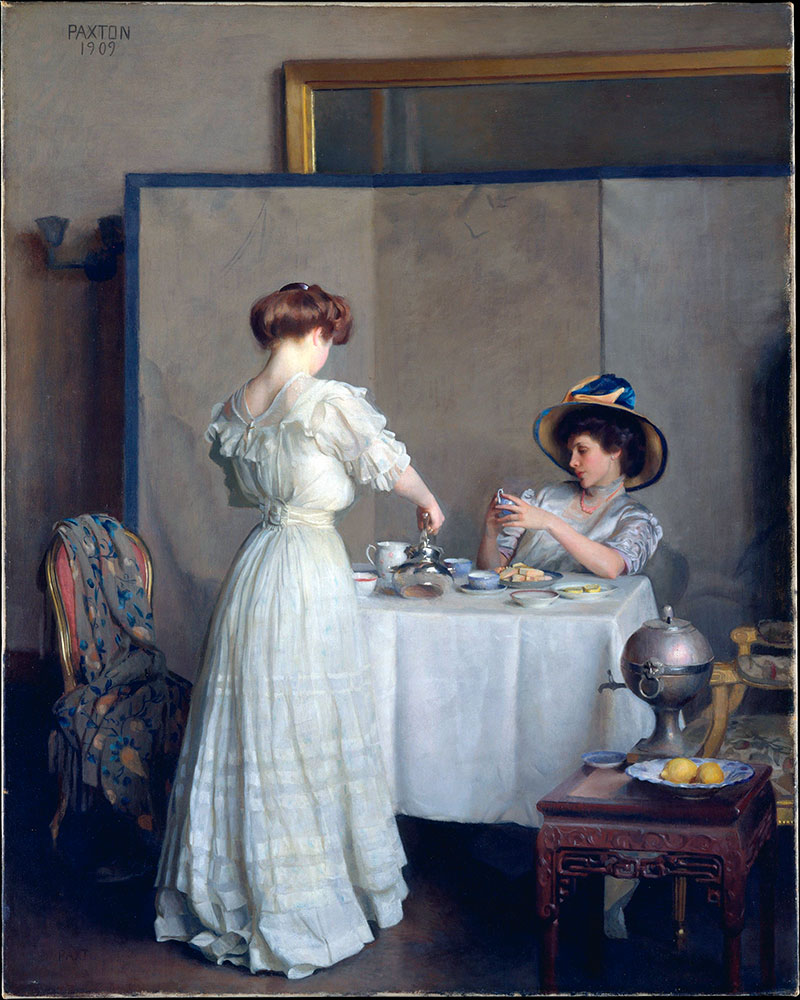
At this time, women of fashion chose not only light and light materials, lace and ribbons, but more and more preferred floral prints, but the elegant cut remained, and the dress turned into a romantic outfit. The length of the dress also changed, depending on the fashion, the dress could be either long or short, but more often a midi dress was preferred.
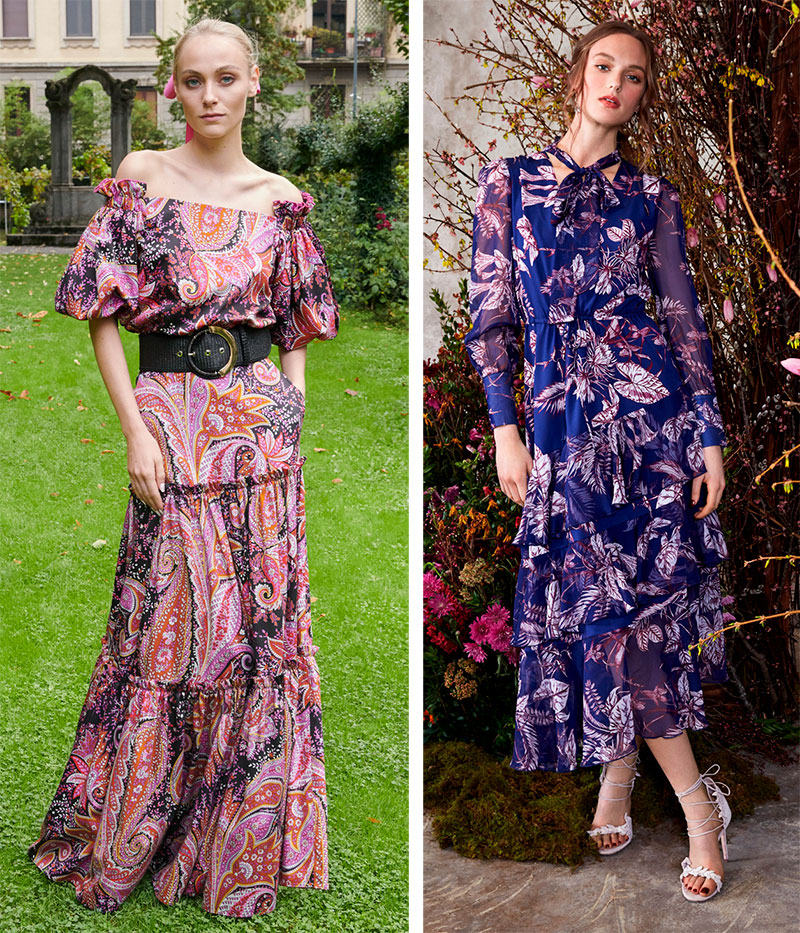
Luisa Spagnoli, Marchesa notte
Today, with all its changes, tea dresses for many can mean completely different outfits, but after tracing all the transformations from the beginning of the appearance of the tea dress to the present day, you can at least roughly choose those models that contain elements of the original tea dresses.
These dresses can be of different lengths, it all depends on your preference. Most of the models are summer dresses with floral prints. Femininity and ease remained in them, flounces and frills can be used as a decor, putting them on, you should feel lightness and comfort in any situation. In modern fashion, these dresses are offered by designers during the daytime, for daytime walks around the city.
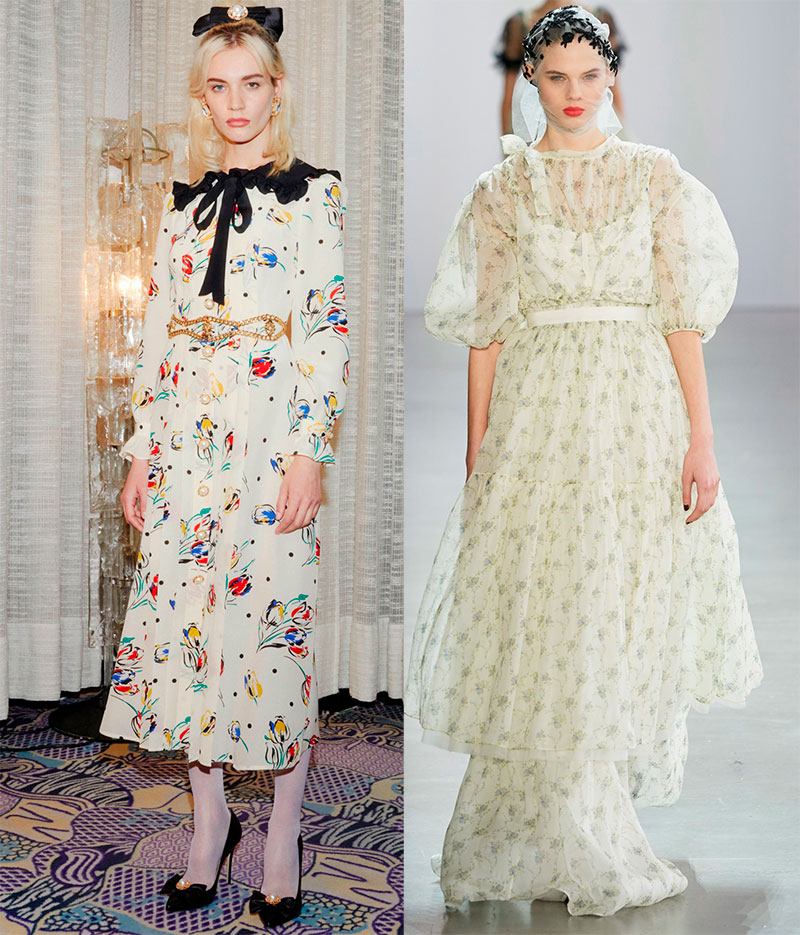
Alessandra Rich, Brock Collection
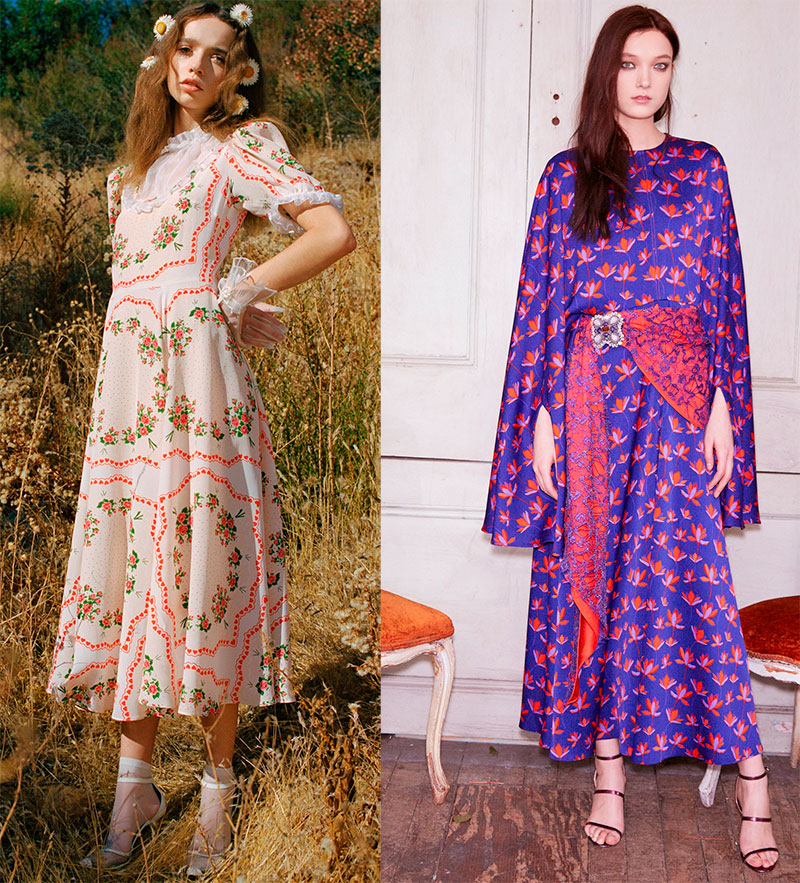
Rodarte, Reem Acra
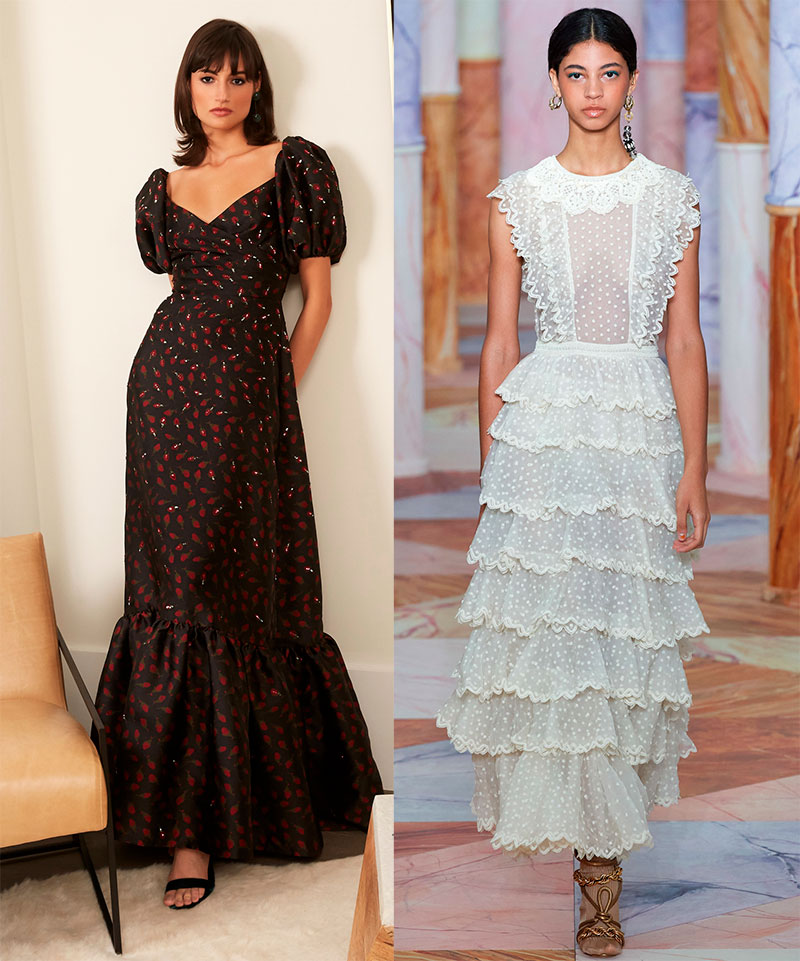
Sachin Babi, Ulla Johnson
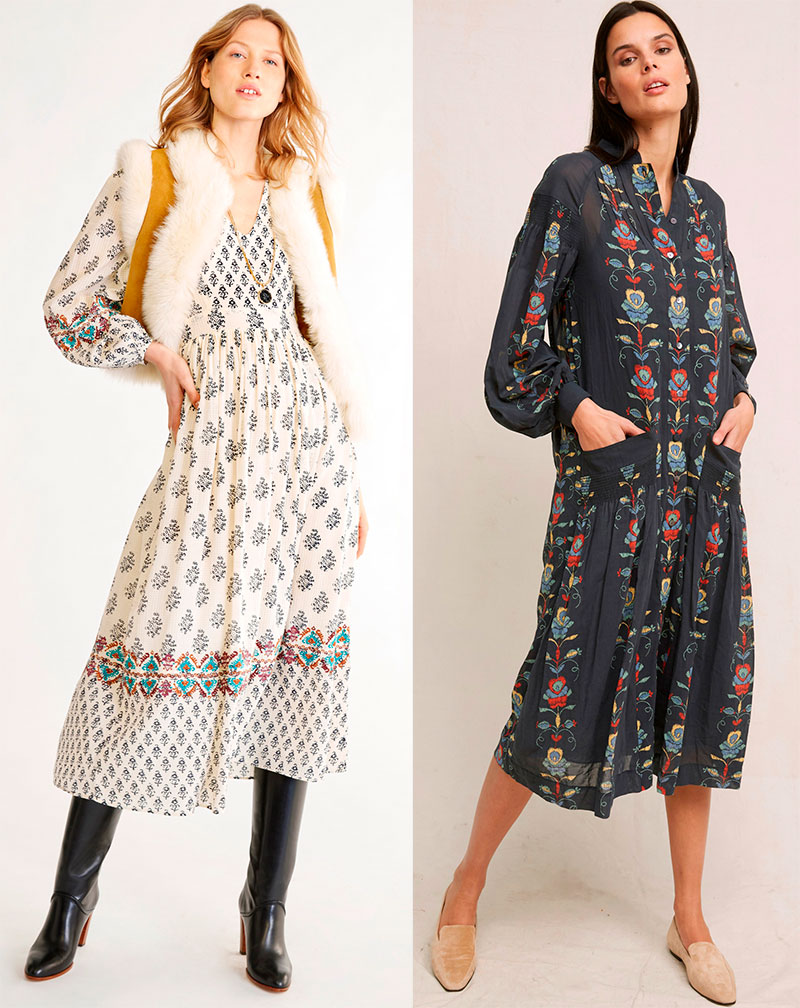
Vanessa Bruno, Warm
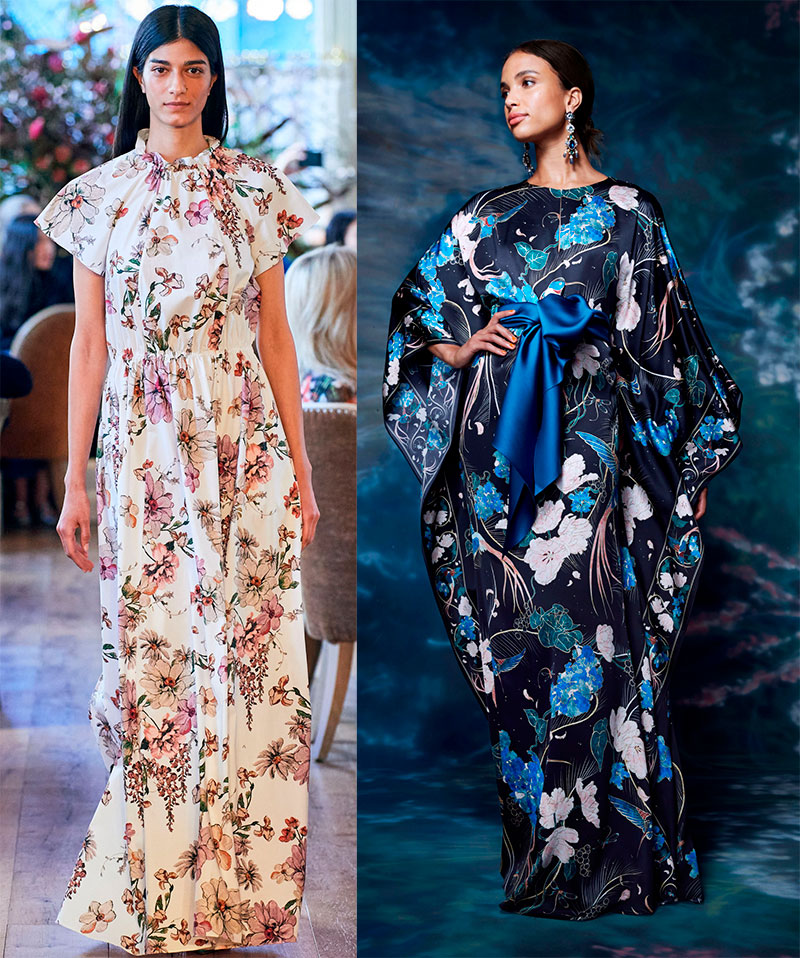
Adam Lippes, Marchesa
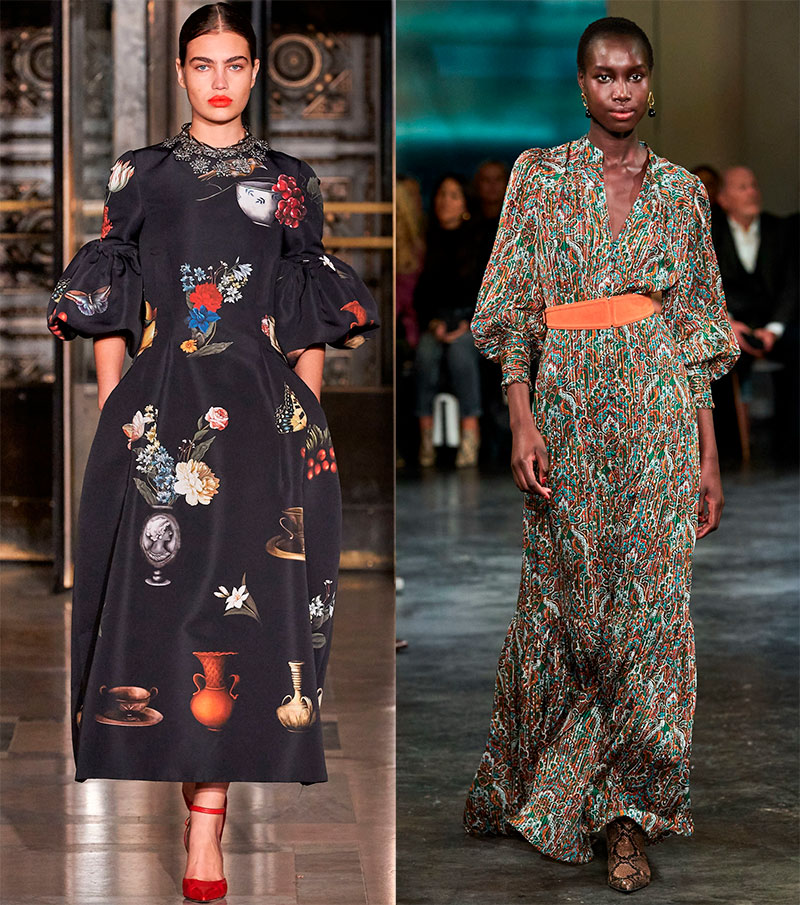
Oscar de la Renta, Veronica Beard
Comments and Reviews
Add a comment
Rating news
Shades of clothing that make women look younger
What shades of hair make women younger: rules and photos
Funny wedding dresses - photos and ideas
12 most expensive down jackets for the winter
How to look 25 at 40: tips from supermodels
Beautiful schoolgirls
Anti-aging haircuts and hairstyles for women
Fashionable skirts for autumn and winter
Fashionable women's trousers for the cold season
Fashionable and stylish sandals for summer 2024
Spring-summer 2024
 Fashionable dresses and tops with thin spaghetti straps
Fashionable dresses and tops with thin spaghetti straps
 Bandana tops: how to wear stylishly and beautifully
Bandana tops: how to wear stylishly and beautifully
 How to put together the perfect men's wardrobe for the summer
How to put together the perfect men's wardrobe for the summer
 Fashionable shorts for spring-summer 2024
Fashionable shorts for spring-summer 2024
 Fashionable skirts for spring-summer 2024: a guide to online shopping
Fashionable skirts for spring-summer 2024: a guide to online shopping
 The most fashionable dresses spring-summer 2024: styles and colors
The most fashionable dresses spring-summer 2024: styles and colors
 Fashionable total look 2024: ideas of images and trends
Fashionable total look 2024: ideas of images and trends
